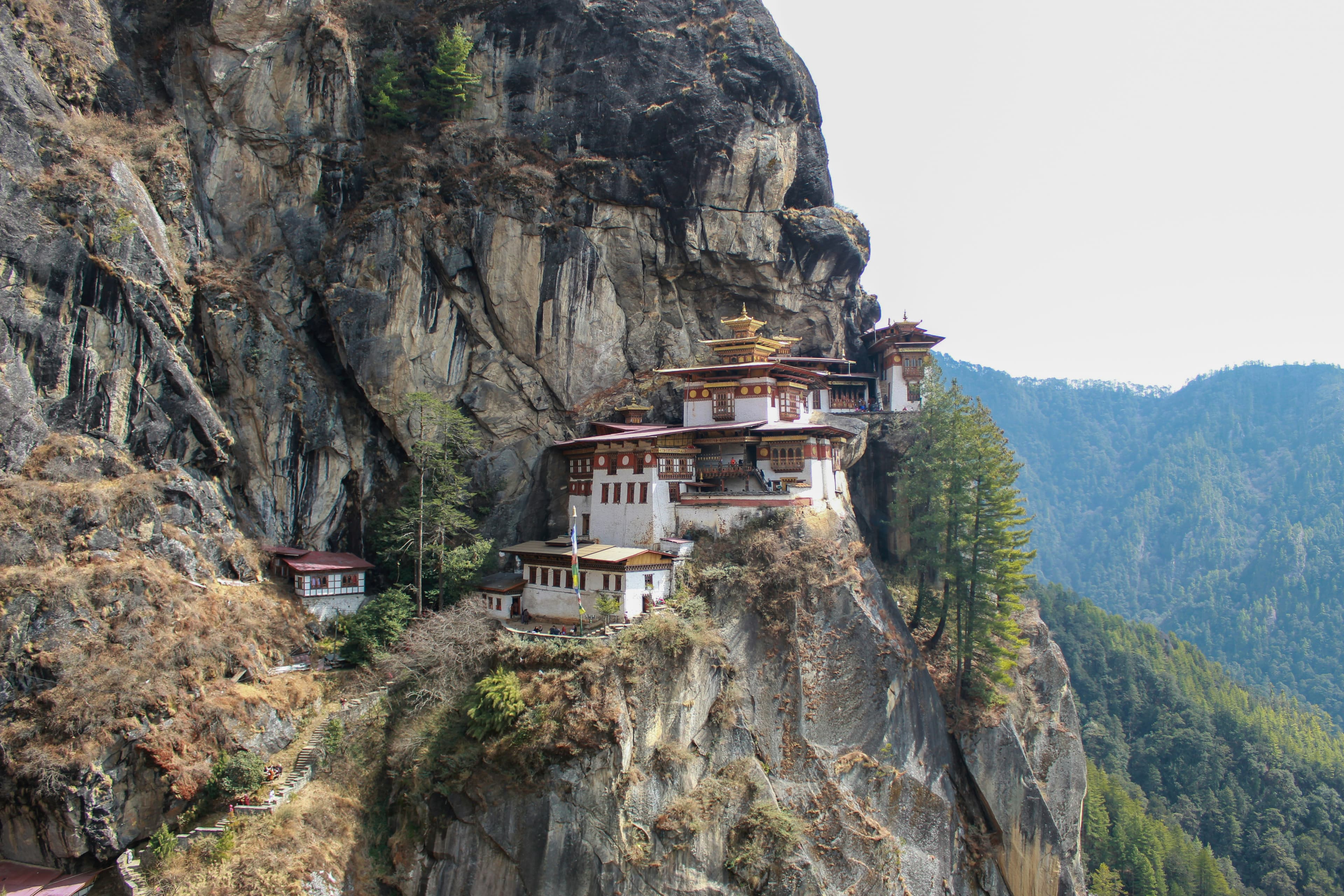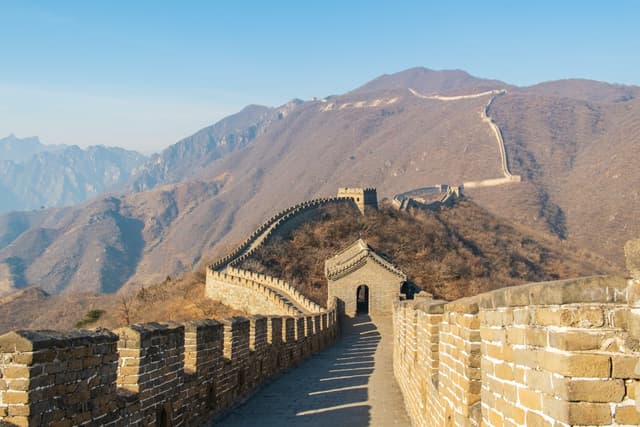Nestled in the eastern Himalayas, Bhutan is a place like no other. Known as the “Land of the Thunder Dragon,” Bhutan is a small kingdom with a rich cultural heritage, stunning landscapes, and a philosophy of life that prioritizes happiness over wealth. Surrounded by India to the south and China to the north, Bhutan is often referred to as the last Shangri-La — an idyllic, untouched land that embraces both ancient traditions and modern aspirations.
Bhutan’s appeal lies in its harmony between nature and culture, its devotion to preserving the environment, and its unique approach to development, where Gross National Happiness (GNH) is the primary measure of success. With its towering mountains, lush forests, and vibrant monasteries, Bhutan is a dream destination for those seeking peace, spirituality, and a glimpse into a way of life that has remained remarkably intact.
The Kingdom of Happiness
In Bhutan, the pursuit of happiness isn’t just a personal goal; it’s a national one. Bhutan’s government has famously embraced Gross National Happiness (GNH) as the key to guiding its policies and development. Unlike most countries, where economic growth and GDP are the main focus, Bhutan measures its success based on the well-being of its citizens, prioritizing mental and emotional health, environmental sustainability, and cultural preservation.
The idea of GNH was introduced in the 1970s by King Jigme Singye Wangchuck as a response to the rapid changes brought about by modernization. Bhutan’s leaders believed that economic progress shouldn’t come at the cost of happiness, so they began developing policies that promote environmental conservation, social equity, cultural preservation, and good governance. This concept has become a beacon of hope for other nations seeking a more holistic approach to development.
The Land of the Thunder Dragon
The name “Bhutan” is derived from the Sanskrit word “Bhotant”, which means “end of Tibet,” reflecting the country’s position at the southern edge of the Tibetan plateau. The country’s traditional name, Druk Yul, means “Land of the Thunder Dragon,” a reference to the dragon that is said to protect the kingdom and symbolize Bhutan’s strength and courage. The dragon also appears on the country’s flag, a symbol of the unity and power that Bhutan’s people believe protects them from harm.
Bhutan’s geography is nothing short of spectacular. The kingdom is a land of towering peaks, deep valleys, and lush forests. Nearly 70% of Bhutan is covered in forest, and its landscapes are as diverse as they are breathtaking. From the subtropical plains in the south to the snow-capped peaks in the north, Bhutan is a paradise for nature lovers and trekkers.
Paro Taktsang: The Tiger’s Nest Monastery
One of Bhutan’s most iconic landmarks is the Paro Taktsang, also known as the Tiger’s Nest Monastery. Perched on a cliffside 3,120 meters above sea level, this sacred site is one of the most famous and photographed in Bhutan. The monastery is a pilgrimage site for Bhutanese Buddhists and a symbol of the country’s deep spiritual roots.
Legend has it that the monastery was built on the spot where Guru Rinpoche (Padmasambhava), the great tantric master who brought Buddhism to Bhutan, meditated for three months on the back of a flying tiger. The hike to the monastery takes several hours, and although it is physically challenging, the reward is well worth the effort — breathtaking views of the valley below and a chance to experience Bhutan’s spiritual heart.
The Bhutanese Festivals: A Celebration of Culture and Faith
Bhutan’s vibrant festivals, known as Tshechus, are an essential part of the country’s cultural and religious life. These colorful and joyous events are held annually in each district and are an expression of Bhutanese faith, culture, and community. The festivals feature elaborate dances, music, and rituals performed by monks and laypeople dressed in traditional attire.
The Thimphu Tshechu, held in the capital city of Thimphu, is the largest and most famous of these festivals. It is a grand display of Bhutanese culture, with dancers performing sacred cham dances in brightly colored costumes, and the highlight of the festival is the unveiling of a massive thangka (a traditional Buddhist scroll painting) that is displayed for the crowds to admire.
For Bhutanese people, Tshechus are not just a chance to celebrate; they are an important spiritual event that allows them to renew their connection with the divine, purify their minds, and seek blessings for the future.
Bhutan’s Monasteries and Dzongs
Bhutan is home to some of the most beautiful and well-preserved monasteries and dzongs (fortress-like monasteries). These structures are marvels of architecture and are deeply connected to Bhutan’s history and culture. The dzongs are used for both religious and administrative purposes, and many are located in stunning locations across the country.
One of the most famous dzongs is Punakha Dzong, which sits at the confluence of the Pho and Mo rivers. This majestic fortress is the administrative and religious center of the Punakha district and is known for its stunning architecture, beautiful murals, and serene setting. The Punakha Dzong is also home to the largest relic of Buddha in Bhutan, making it a significant pilgrimage site.
Another notable dzong is the Trongsa Dzong, perched high on a hilltop and serving as the ancestral seat of Bhutan’s royal family. The dzong is a stunning example of traditional Bhutanese architecture and offers a glimpse into the country’s royal history.
Bhutan’s Rich Wildlife and National Parks
Bhutan’s commitment to environmental preservation is evident in its vast network of national parks and protected areas. Approximately 50% of Bhutan’s land area is designated as protected, making it one of the few countries in the world where biodiversity is carefully safeguarded.
The country is home to a wide variety of wildlife, including the rare snow leopard, the elusive red panda, and the majestic tiger. Bhutan’s national parks, such as Manas National Park and Jigme Dorji National Park, are important sanctuaries for these species and offer opportunities for wildlife enthusiasts and eco-tourists to explore the kingdom’s natural wonders.
The country’s commitment to sustainability is also reflected in its approach to carbon neutrality. Bhutan is the only country in the world that is carbon negative, meaning it absorbs more carbon dioxide than it emits, thanks to its forests and renewable energy sources.
Bhutan’s Traditional Way of Life
Despite its modernization, Bhutan has managed to preserve its unique cultural traditions and way of life. The Bhutanese people continue to live in a society that is deeply rooted in Buddhist values, where community, family, and spirituality are prioritized above material wealth. Traditional clothing, such as the gho for men and the kira for women, is still worn daily, and the country’s rich folklore and traditions are passed down through generations.
Bhutan is also known for its craftsmanship, including traditional hand-woven textiles, thangka painting, and wood carving. These crafts are integral to Bhutan’s cultural identity and are highly valued both within the country and by visitors.
Practical Tips for Visiting Bhutan
Visa Requirement: All visitors to Bhutan must obtain a visa, and most travelers must book their trip through a licensed tour operator. Bhutan has a unique tourism policy known as High Value, Low Impact Tourism, which aims to preserve the country’s cultural integrity and limit the number of visitors.
Best Time to Visit: The best time to visit Bhutan is during the spring (March to May) and autumn (September to November), when the weather is mild and the landscapes are at their most vibrant.
Getting Around: Bhutan has a small but efficient road network, and most travel within the country is by car or bus. However, roads can be narrow and winding, so it’s important to be prepared for a sometimes bumpy ride.
Respect the Culture: Bhutan is a deeply spiritual country, so it’s important to respect local customs and traditions. When visiting temples or dzongs, dress modestly, and always ask before taking photographs of religious sites.
Bhutan is a land where the past and present coexist in harmony, where ancient traditions blend seamlessly with modern ideals. It is a place where happiness, spirituality, and environmental stewardship are at the heart of the nation’s identity. Whether you’re exploring the monasteries of Paro, trekking through the valleys of Phobjikha, or simply taking in the views from the top of a dzong, Bhutan offers a glimpse into a world that is unlike any other.
Visiting Bhutan is more than just a trip; it’s an opportunity to experience a different way of life — one that values simplicity, nature, and inner peace over material wealth. In a world that often feels fast-paced and disconnected, Bhutan is a reminder that there is still a place where the pursuit of happiness comes before all else.
Loading...



